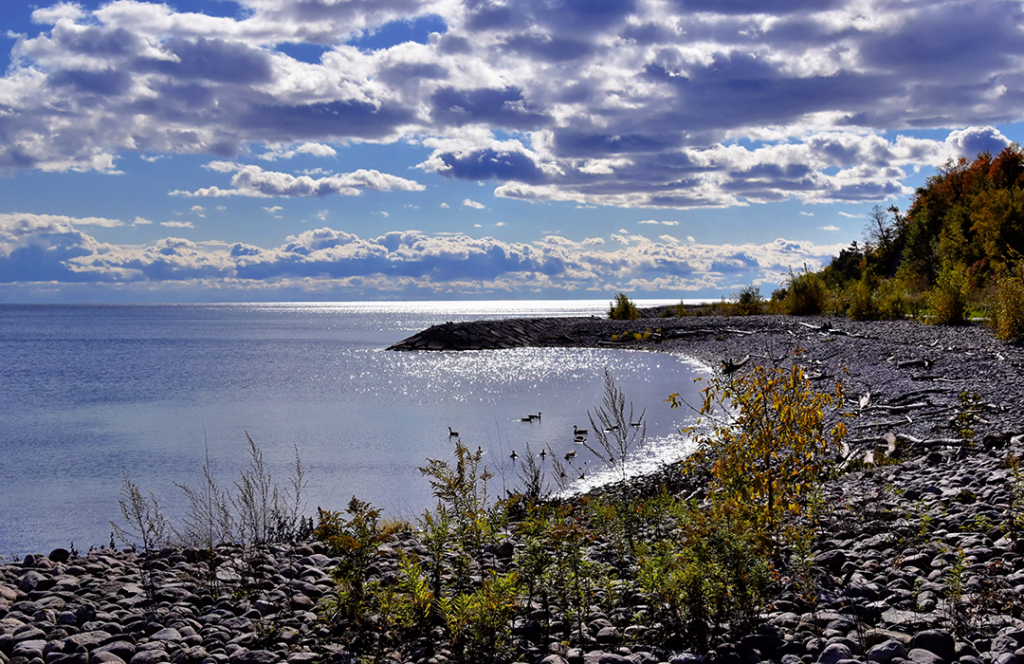According to Health Canada, Canadians spend about 90 percent of their lives indoors. In an increasingly urbanized landscape, is it any wonder?
Visiting a national park is a luxury that not everyone can afford. For those living in urban areas, soaking up nature often requires a long drive or flight, not to mention getting time off work. But imagine being able to go to a National Park for a weekend camping trip, at the end of your 9-5, or even during your lunch break!

What Are National Urban Parks?
Nobody needs nature more than those living in urban areas. Think of National Urban Parks as sanctuaries from the very worst city-living has to offer: claustrophobic commutes, the smell of pollution, the concrete jungle. These urban green spaces are key for biodiversity and climate resilience, as well as hotspots for people who want to connect with nature close to home.
Just take a look at Rouge National Urban Park near Toronto, which opened in 2015 and protects and showcases a variety of important ecological and cultural sites from forests, to fields, to wetlands. This urban oasis is within driving distance for one-fifth of Canadians—yes, you read that right! The park is more than 20 times bigger than Central Park in New York City and offers millions of Canadians a chance to benefit from all that nature has to offer.
Urban Parks have many benefits for Canadians, such as…
- Protecting and conserving wildlife habitat
- Connecting people with nature
- Improving mental and physical health
- Supporting Indigenous reconciliation
- Providing greenspace for marginalized people
- Mitigating climate change and extreme weather
- Offering opportunities for nature and cultural education
Canada has made a historic commitment to urban nature
In 2021, the Minister of Environment and Climate Change and Minister for Parks Canada put an exciting new program in motion that will support the creation of National Urban Parks all across the country.
Canada is finally recognizing the value of access to green space for all Canadians, including city-dwellers. Too often, in urban areas, racialized and marginalized people have less access to urban parks and tree cover than in richer neighbourhoods.

A National Urban Park may be coming to a city near you!
Potential sites for Canada’s newest National Urban Park include:
- Colwood, British Columbia
- Meewasin Valley, Saskatchewan
- Winnipeg, Manitoba
- Windsor, Ontario
- Halifax Regional Municipality, Nova Scotia.
Almost 72 percent of Canada’s population lives in urban areas. As urban sprawl claims crucial habitat for wildlife and devastates biodiversity, it also diminishes our opportunities to connect with and learn about local nature.
Creating new protected areas for nature, like National Urban Parks, is one of the most crucial ways to stop the destruction of habitat that is driving species to extinction. As of 2018, ecological integrity is either stable or on the rise in nearly 83 percent of Canada’s National Parks and other protected areas.
Canada has a goal to protect 30 percent of our land, freshwater and ocean by 2030 to help halt and reverse nature loss. Many of the most crucial areas that need protection are threatened by urban expansion—that’s why the National Urban Parks program is critical in reaching our nature protection targets.
Want to help protect urban nature? One of the easiest ways to get involved is by signing up for updates so that we can let you know what steps you can take to support natural sanctuaries in our urban centers. Sign up to receive updates on how you can protect nature near you and across the country.


